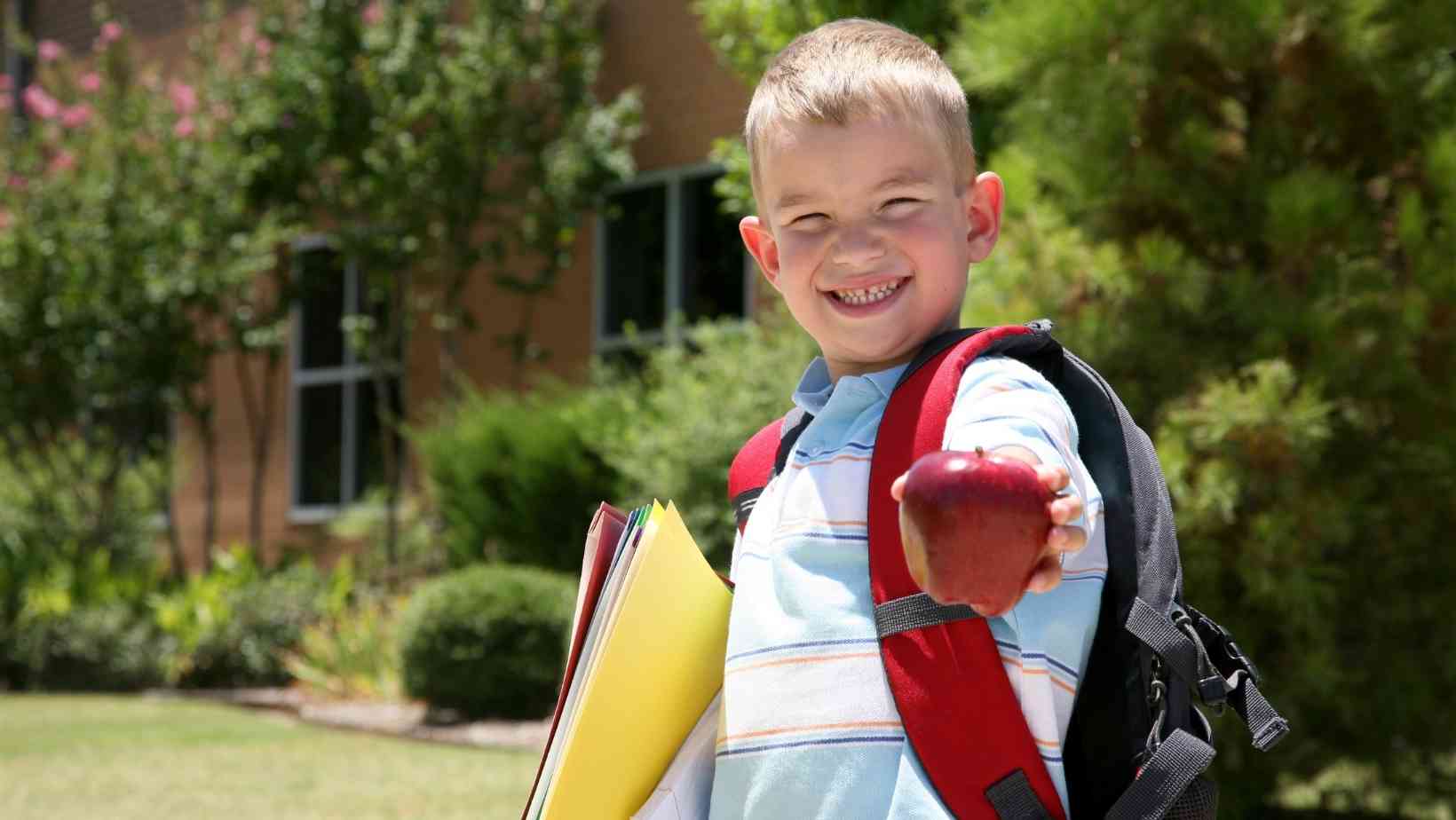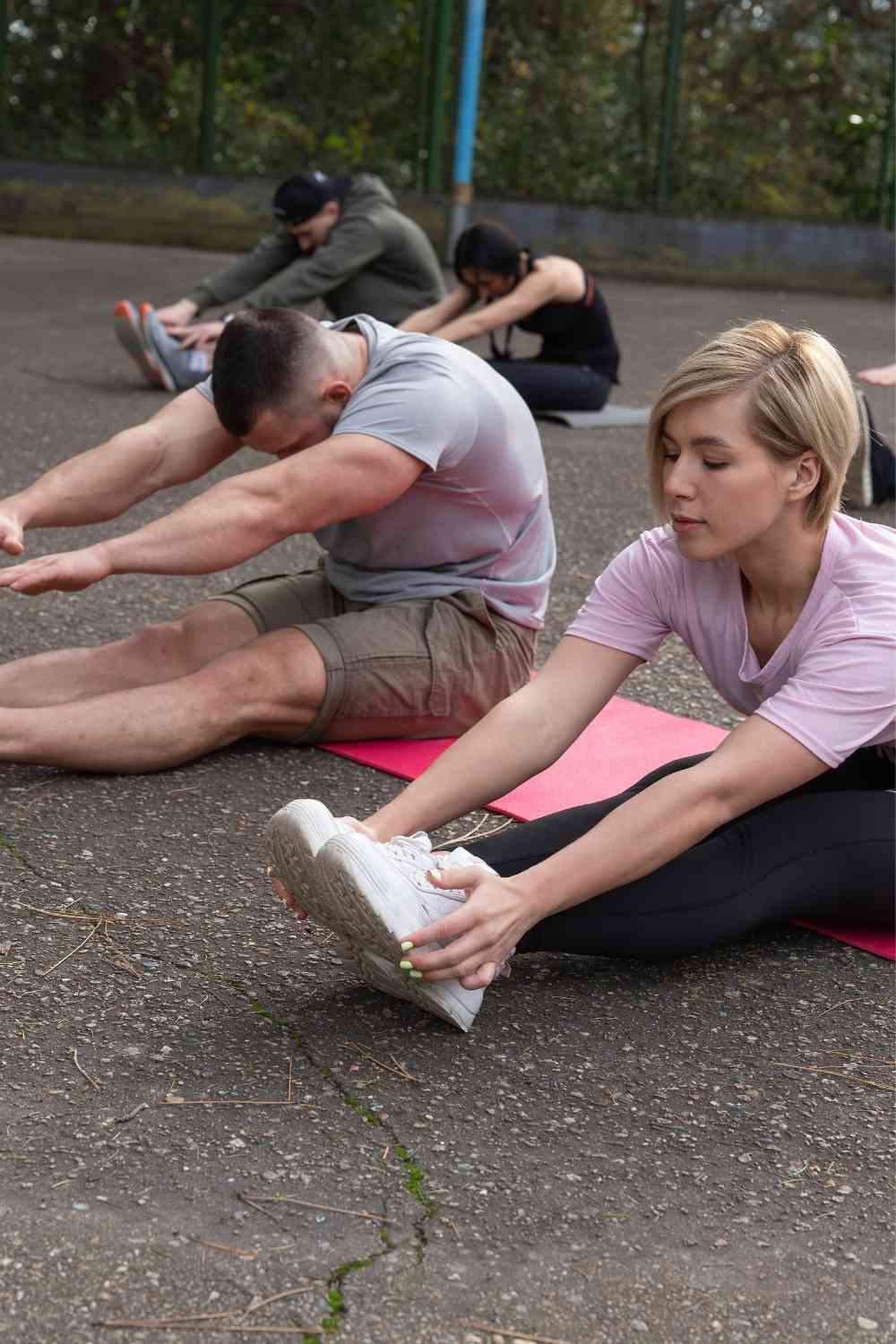What can I do as a teacher or as a school to encourage students to eat healthfully and to be physically active?
School communities are increasingly becoming locations where students may develop and maintain healthy behaviors. Teachers, however, are not the only ones who are responsible for instilling good behaviors in their students.
The participation of all stakeholders in a healthy school community ensures that the same message is sent to children in the home, school, and community. Children who attend a healthy school are better equipped to make educated, healthy choices that will have a positive impact on their own lives as well as the lives of their families.

It doesn't take much to make a school a healthy environment. Among the possible modifications are:
- Fun and innovative approaches of include healthy food and physical exercise into the curriculum are being explored.
- Developing collaborative relationships with members of the larger community, such as local food farmers, athletic groups, and the library, among others.
- Providing chances for professional development for teachers and other support workers to educate and encourage healthy eating and physical activity is important.
Eating well is important
Schools may promote healthy eating habits by doing the following:
- Creating a comprehensive school food policy
- The school should include students, teachers, and parents in the development of school food policy and practice. Students and parents should be given the opportunity to contribute to healthy eating by providing them with nutritious meals at school canteens.
- Providing clean, cool-water fountains
- Observing and evaluating the food served in the school cafeteria and vending machines
- Providing advice to parents about making good eating choices and engaging in physical activity
- Creating a school food garden is a worthwhile endeavor.
- Providing kids with frequent snack breaks during which they may consume fruits and vegetables
- Making it possible for pupils to carry their water bottles into the classroom with them
- Creating a comfortable dining setting that stimulates good social interaction is essential..
Physical exercise
Among the ways in which schools might assist kids in being more physically active are:

- Creating a whole-school physical activity policy that encourages all staff and students to be physically active, then putting it into action, monitoring its effectiveness, and evaluating its results
- Creating a school environment that encourages students to be physically active, such as adequate playground facilities, access to equipment, walking paths, and other amenities.
- Providing secure bike racks or storage to encourage students and employees to ride their bicycles to and from school.
- Increasing the amount of physical education and physical activity scheduled
- Involving students in the decision-making process about their educational environment
- Students are more likely to participate if they are involved in the decision-making process about the type of physical activity to be undertaken.
- Parents and caregivers should have the opportunity to participate in the planning and delivery of physical activity opportunities for their children.
- Assuring that adequate time is spent on the development of fundamental motor skills is essential.
Be a role model for others
Positive modeling by school staff is important to support healthy eating and physical activity policies and actions. It helps to show leadership and commitment that others, such as students and parents, can be inspired by.
Teachers are in a good position to act as positive role models for students, parents, and the community. As a teacher, you know that students watch what you say and do very carefully. Any difference between your words and your actions is picked up quickly. Remember that kids learn by seeing and emulating the actions of others, which may be discouraging at times.
A teacher who makes healthy choices – such as eating well and engaging in regular physical exercise – may have a positive impact on the health of students, colleagues, and, most importantly, on his or her own well-being.
Schools and instructors may set an example of good diet and physical activity by doing the following:
- Preparing a nutritious meal and setting out time to consume it
- Providing nutritious snacks at school and during staff gatherings (staff meetings, parent-teacher interviews, etc.)
- Using non-food incentives (pencils, skipping ropes, etc.) instead of candy and sweets to motivate children
- During yard duty, you should move quickly.
- Actively participating in the activities that take place during physical education courses, recess, or lunchtime
- Taking public transportation for school outings is a good option since it is typically less expensive and allows you to get in your daily physical exercise.
- Taking pauses for physical activity during class
- Providing chances for physical exercise before, during, and after school
- Students may learn about your physical exercise preferences by sharing them with them.
It is also about your health!
The finest part is still to come. When you provide a good example for others, your own health improves.
Consuming nutritious meals and engaging in physical activity will leave you feeling more alert and energized, while also making you smile and recall things better. You will also feel better about yourself overall.




